
"The Black Monk" is a short story by Anton Chekhov, written in 1893 while Chekhov was living in the village of Melikhovo. It was first published in 1894 in The Artist, one of the leading Russian magazines on theater and music in the last quarter of the 19th century. The story tells of the last two tragic years in the life of a fictitious scholar, Andrey Vasilyevich Kovrin.

In the Ravine is a 1900 novella by Anton Chekhov first published in the No.1, January issue of Zhizn magazine.

"The Grasshopper" is an 1892 short story by Anton Chekhov.
"In Exile" is an 1892 short story by Anton Chekhov.

"The Teacher of Literature" or "The Russian Master" is an 1894 short story by Anton Chekhov.

"About Love" is 1898 a short story by Anton Pavlovich Chekhov. The third and final part of the Little Trilogy, started by "The Man in the Case" and continued by "Gooseberries". It was first published in the August 1898 issue of Russkaya Mysl, and later included into Volume XII of the second, 1903 edition of the Collected Works by A.P. Chekhov, published by Adolf Marks.
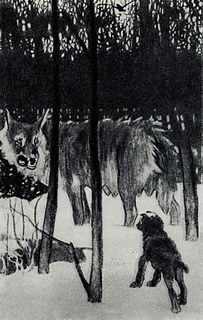
"Whitebrow" is an 1895 short story by Anton Chekhov published by Children's Reading magazine.
"Ariadne" is an 1895 short story by Anton Chekhov.

"The House with the Mezzanine" is an 1896 short story by Anton Chekhov, subtitled "An Artist's Story".
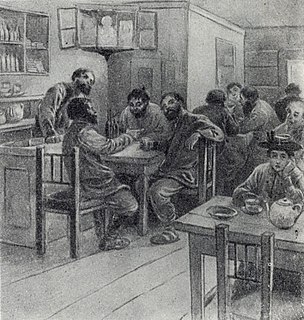
"In the Cart" is an 1897 short story by Anton Chekhov, also translated as "The Schoolmistress".

"Ionych" is an 1898 short story by Anton Chekhov.

"The Bishop" is a 1902 short story by Anton Chekhov, first published in the April 1902 issue of Zhurnal Dlya Vsekh. The story, telling about the last days of a terminally ill priest, in many ways reflects the psychological state of the author, who was at the time full of premonitions of his own inevitable demise, and in that respect is considered to be partly autobiographical.

"A Horsey Name" is an 1885 short story by Anton Chekhov.

"The Witch" is an 1886 short story by Anton Chekhov.
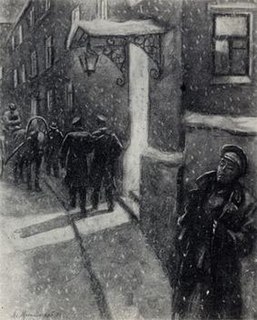
"A Nervous Breakdown" is an 1889 short story by Anton Chekhov.

"Happiness" is an 1887 short story by Anton Chekhov.

"The Runaway" is an 1887 short story by Anton Chekhov.
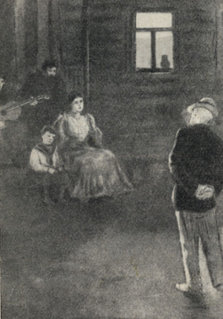
"The Privy Councillor" is an 1886 short story by Anton Chekhov.
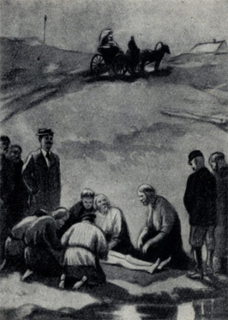
"First Aid" is an 1887 short story by Anton Chekhov.
"At Home" is an 1897 short story by Anton Chekhov.

















